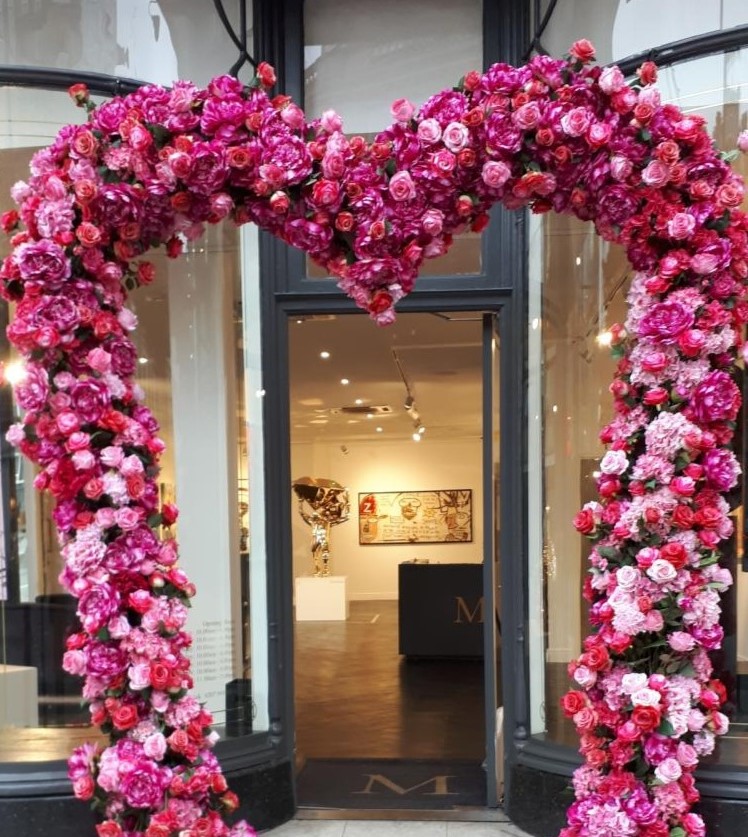Art
UK Artworks Offer Investors Bright Spot Amidst Tariff Turmoil

After US President Donald Trump imposed sweeping tariffs on exports to the US, causing stock markets to plummet, the UK art market offers investors a bright spot compared with traditional asset classes.
UK exporters are increasingly worried about new tariffs imposed by US President Donald Trump on exports to the US, highlighting how traditional markets are vulnerable to geopolitical shocks. However, the art market appears to be exempt from such levies.
Under the new rules, a 10 per cent base tariff will affect a range of UK exports.entering the US. But UK artworks – including paintings, prints, photos, and sculptures – are currently classified as "informational materials" and are exempt from these tariffs, according to the art advisory service at Maddox Gallery for contemporary art in London.
“This places UK-based artworks in a uniquely powerful position. Works by Damien Hirst, David Hockney, Bridget Riley, Banksy, and Tracey Emin are fully exempt – regardless of where they’re shipped from – thanks to the UK origin classification,” Maddox said. Other alternative assets such as handbags, watches, sneakers, and furniture are now subject to tariffs, which is reflected in market sentiment.
With art having the lowest correlation to traditional asset classes such as stocks and bonds, people are increasingly viewing art as a viable form of alternative investment. Buying art also allows firms or individuals to make tax savings. There are various UK tax incentives which allow art amassed during a lifetime to pass to future generations in a tax-efficient way.
The UK’s Acceptance-in-Lieu scheme, which Arts Council England administers, allows a taxpayer who has an inheritance tax bill or one of its earlier forms, to pay the tax by transferring artifacts which have a cultural and historical significance. The UK Cultural Gifts Scheme also offers tax incentives for taxpayers willing to gift artworks for public benefit.
Maddox highlighted that art has also proven historically resilient during economic downturns. “During the 2008 financial crisis, while global equities plummeted by 46.1 per cent, Damien Hirst’s Sotheby’s auction defied the trend, raising a record-breaking £111 million ($142 million),” Maddox said.
The ninth edition of The Art Basel and UBS Global Art Market Report 2025 also shows that the UK regained its position as the second-largest market with an 18 per cent share in 2024 as sales reached $10.4 billion, although down 5 per cent on 2023. Transactions rose globally by 3 per cent to 40.5 million in 2024, showing continued dynamism particularly in lower-priced segments, the report reveals. Looking ahead to 2025, 80 per cent of dealers expected stable (47 per cent) or improved (33 per cent) sales. Optimism was highest in the middle market, with those hoping for increasing sales in the $500,000 to $1 million segment up – from around a third at the end of 2023 to 51 per cent at the end of 2024.
Art exhibitions are also increasingly sponsored by financial institutions such as the Royal Bank of Canada, Bank of America and Deutsche Bank to enrich people's lives and help communities prosper. RBC’s own art collection consists of more than 5,500 works in over 30 locations across Canada, and key locations globally. The collection is geared towards the work of emerging artists, with select acquisitions by mid-career and senior artists. Each year, the RBC Foundation donates millions of dollars to hundreds of global arts organisations to give more help to emerging artists to establish their careers.